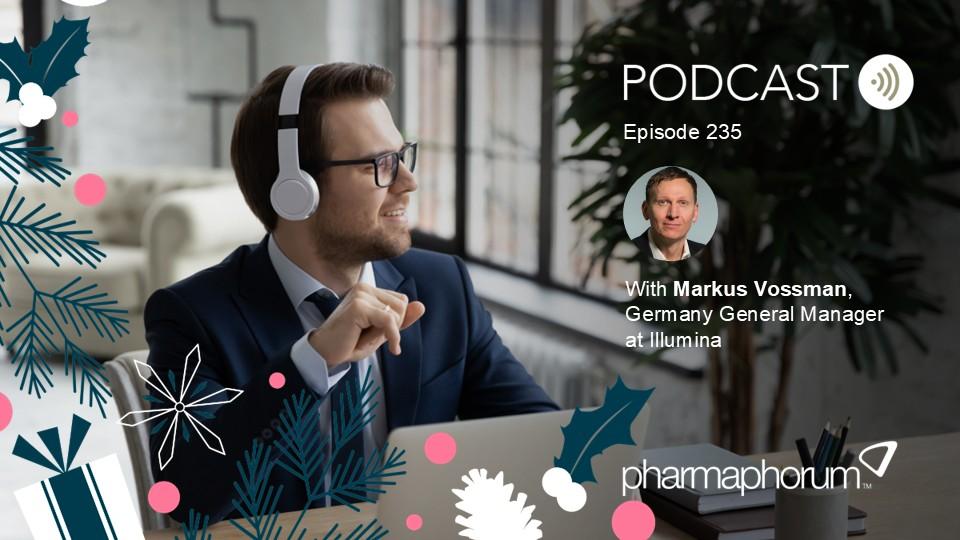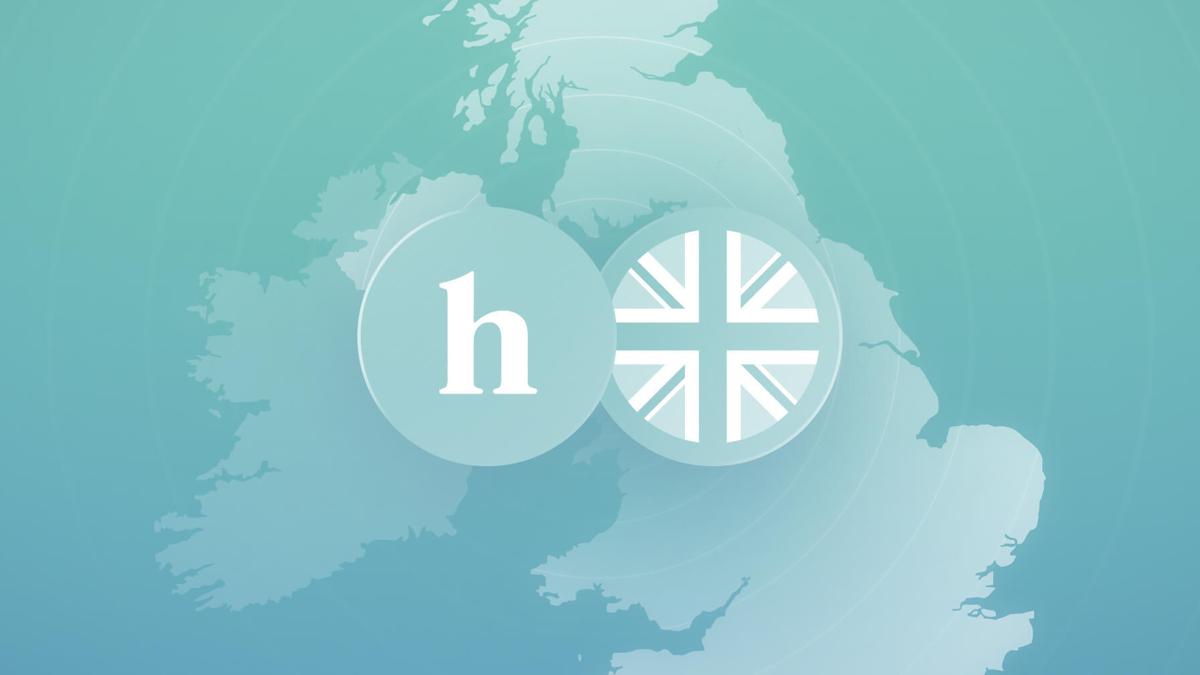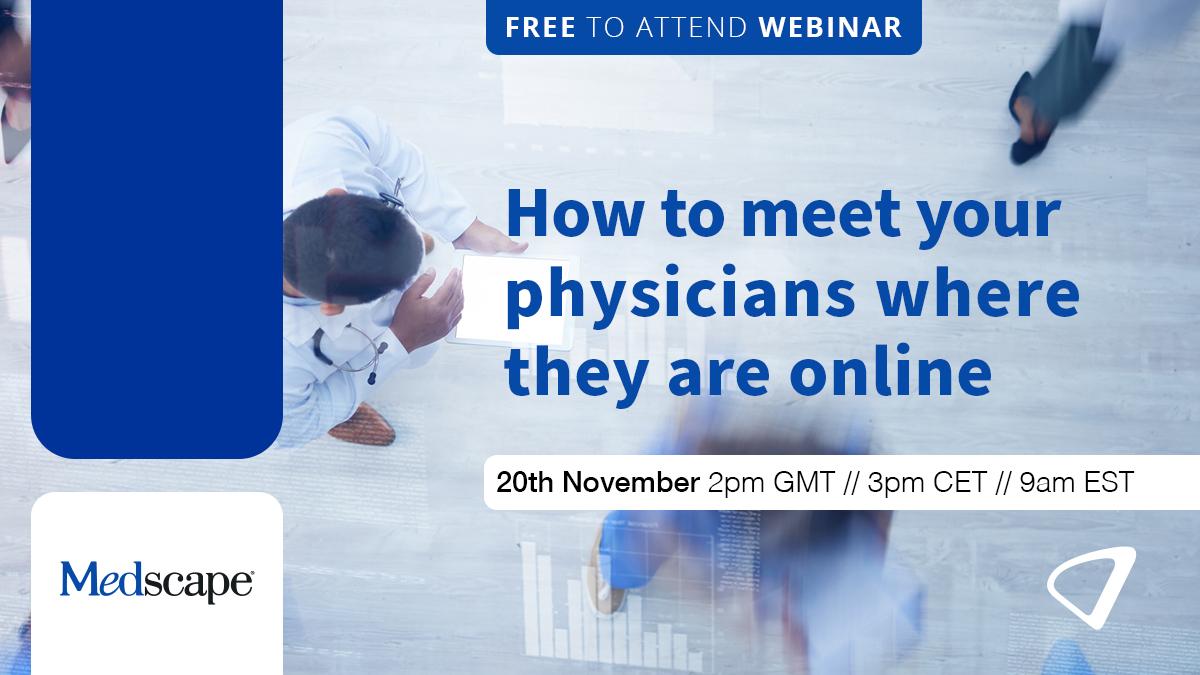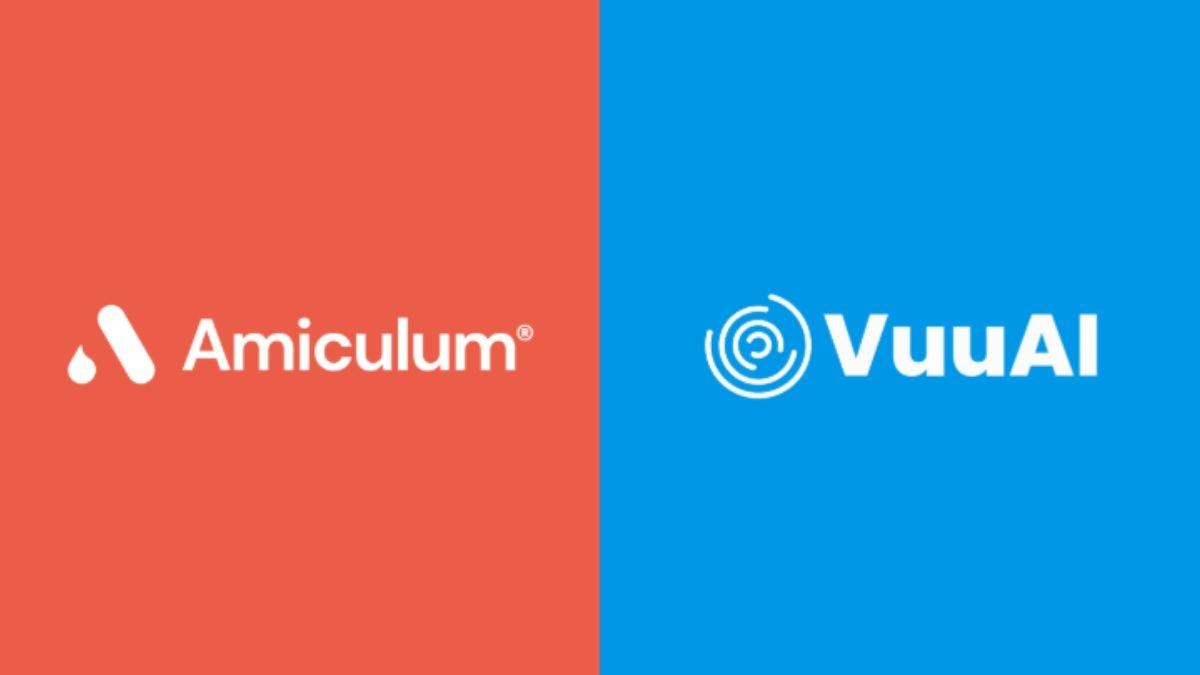Closing the gap: Combatting misinformation in men’s healthcare

After years of encouragement, the UK government has announced the launch of the UK’s first dedicated Men’s Health Strategy. This was welcome news, as over recent decades the statistics have shown men’s health outcomes have been deteriorating, both in the UK and globally.
Currently, two in five men in the UK die prematurely,1 with men on average living five years shorter than women.2 These disparities are driven by multiple factors, including reluctance to seek medical help, a lack of awareness about men’s health conditions and symptoms, and limited access to treatments.3
Although the scope of the strategy is not yet clear, Health Secretary Wes Streeting has indicated that it may cover key areas such as mental health and suicide prevention, heart disease, and prostate cancer.4 While I do not disagree these are important areas, it is essential the strategy goes far beyond this. Men’s health has long been associated with silence, stigma, and stoicism. Challenges with prostate health, erectile dysfunction (ED), and testosterone deficiency can significantly impact men’s quality of life, but they remain topics that are still largely under-discussed. Or, when they are talked about or searched for, there is a lack of reliable information.
The introduction of the Men’s Health Strategy marks a pivotal time for the pharmaceutical industry to step up and take action to change this. We have a chance to partner with healthcare systems, providers, and organisations to tackle misinformation, promote open conversations, and foster informed healthcare decisions.
If we are to help close the life expectancy gap, our responsibility needs to go beyond treatments, which are only a small part of the puzzle. Too many men are waiting too long to seek help in the first place. Supporting the improvement of men’s health outcomes will require a holistic approach, with an increased focus on education, on prevention, and on early intervention.
The reluctance to seek help
Driving change will not be easy, though, as men’s reluctance to seek help stems from complex, deep-rooted cultural norms and societal expectations. Long-standing public perceptions equate masculinity with stoicism and physical or sexual prowess and performance. The ‘tough guy’ mentality can lead men to delay seeking medical advice, and avoid regular check-ups for days, weeks, or even years.1 This is particularly true for sexual health issues and associated fears of judgment. According to The Urology Foundation, more than half of men would not seek medical treatment for ED due to anxiety.5
There are also still significant knowledge gaps amongst both men and healthcare professionals (HCPs), which perpetuate misconceptions about conditions like ED and testosterone deficiency. These issues are often normalised as inevitable aspects of ageing, brushed off as things that happen to all men. Because of this, some are living with treatable symptoms or potentially missing early warning signs of more serious health concerns, such as diabetes and heart disease, which could benefit from early intervention.6
With the growth of online content and social media channels, men looking for answers are increasingly turning to these platforms to fill gaps in their health knowledge. However, this may be doing more harm than good. While TikTok and Instagram host vast amounts of men’s health content, the accuracy of these posts is often low, due to the limited presence of credible healthcare experts as educators on these platforms.7
This is all having a significant impact on men’s mental and physical health, contributing to issues such as increases in male body dysmorphia8 and, more worryingly, leading some viewers towards potentially harmful self-remedies or unregulated supplements.
Combatting misinformation
Misinformation is becoming more prevalent with the rise of unregulated social media content. Combatting this and helping men distinguish between credible sources and misleading or false information is where pharmaceutical companies can play a crucial role, in partnership with healthcare professionals and men’s health experts.
Delivering accessible, educational content is vital to improving health literacy, so that men can feel empowered to ask for help and recognise when they need it. A good example of this is Prostate Cancer UK’s 30-second risk checker, a credible but anonymous online tool that can help men make informed healthcare decisions without having to set foot in a healthcare setting.
Improving health literacy requires a deep understanding of the barriers standing in the way of better men’s health and the most effective channels and voices to overcome them. If we are to be successful, we’ll need to collaborate with existing groups and broader networks to share educational information. For example, community and voluntary groups such as Andy’s Man Club and Men’s Sheds have shown great success in bringing men together to talk in safe spaces about previously ‘taboo’ topics, such as mental health, and using this a way to connect them into the relevant healthcare services.5
As a cornerstone of our culture and a place where men tend to go to connect with each other, for example, Androlabs is exploring delivering health education in a pub. In partnership with The Urology Foundation, Healthy Heart Trust, and Talk Club, we are opening The Brothers’ Arms – a pub dedicated fully to the wellbeing of men in our communities.
These examples, alongside things like Movember’s Know thy nuts campaigns, also demonstrate the power that a little humour and informality can have when discussing intimidating topics like healthcare. We need to find ways to help men feel at ease so that they are comfortable taking a small step that can become the first towards long-term change for the better.
Our role as health educators
Improving men’s health requires partnership and we believe life sciences businesses like ours have a key role to play. As an industry, our success relies on functioning healthcare systems. There’s no use providing effective medicines if patients can’t access them.
That starts with truly understanding the needs of men. Improving health literacy and challenging stereotypes are central to our mission of closing the male life expectancy gap. It is our responsibility to support government, healthcare providers, and community organisations to create an environment where men are empowered to seek help, and ensure the system is ready to respond.
References
- https://cdn.movember.com/uploads/files/Media%20Room/UK/The%20Real%20Face%20of%20Mens%20Health%20Report%20-%20Movember%20UK.pdf
- United Nations, World Population Prospects 2022
- Sagar-Ouriaghli, et al. Am J Mens Health 2019;13(3):1557988319857009.
- https://www.gov.uk/government/news/secretary-of-state-commits-to-first-ever-mens-health-strategy
- https://www.theurologyfoundation.org/about-us/media/press-releases/dolor-amet/
- https://www.bhf.org.uk/informationsupport/heart-matters-magazine/wellbeing/erectile-dysfunction
- https://www.nature.com/articles/s41443-022-00645-6
- https://www.mentalhealth.org.uk/about-us/news/millions-men-uk-affected-body-image-issues-mental-health-foundation-survey












